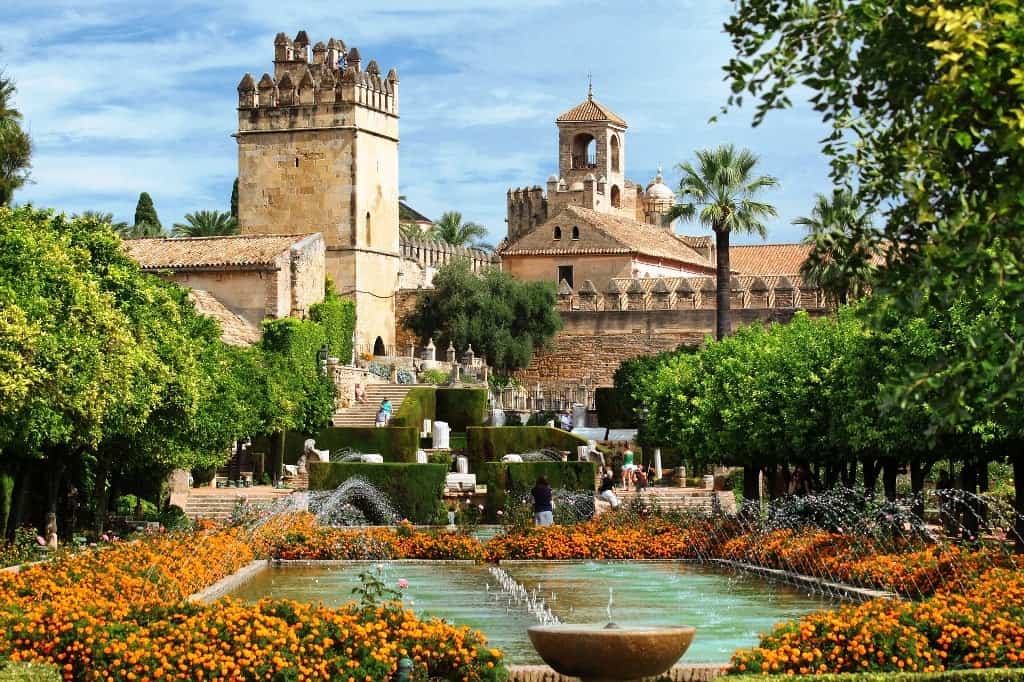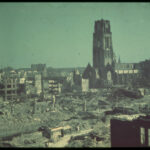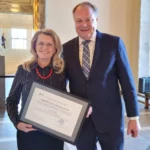Blog Post
Spain: Whispers from the Past
By Jonathon Van Maren
After a whirlwind few days in the Netherlands, where I gave five lectures on various aspects of our collective cultural decline, I decided to visit Spain with a friend and flew from Brussels to Barcelona. I took with me James Michener’s essential Iberia: Travels and Reflections in Spain (by now somewhat outdated but still very helpful) and the trusty millennial go-to, Lonely Planet’s Guidebook to Spain; I left behind Anthony Beevor’s brick-sized The Battle for Spain, which covers the Spanish Civil War in such detail that I kept getting the characters confused. From the airport, we headed straight for one of Europe’s strangest churches.
I have no expertise in architecture—my reading on the subject has been limited to Roger Scruton and Tom Wolfe’s hilarious From Bauhaus to Our House—but I know what I like. The Sagrada Familia, one of the world’s most famous basilicas, is bizarre, brutal, and brilliant—a riot of rococo and statuary rising from the centre of the city. If architecture is frozen music, then what a weird, wild song this is—it looks like something imagined by J.R.R. Tolkien. At night, the skeletal steeples thrusting skyward resemble Tolkien’s Dark Tower of Barad-dûr, but during the day, the sun coming in through the stained-glass windows turns one side of the cathedral into the sunlit fire of a forest in autumn, shimmering lava orange and red. The carvings that cover the cathedral’s exterior, depicting everything from the butchering of the Holy Innocents to the trumpeting angels heralding Christ’s birth, are just as eclectic.

PHOTO: TREY RATCLIFF, CC BY-NC-SA 2.0 VIA FLICKR
The Sagrada Familia is still not completed—construction began in 1882—but the cranes soaring from the cluster of towers give the project a defiant air. Most of Europe’s great cathedrals took generations to build; it appears that there are still enough Spaniards with the civilizational confidence and patience to commit to the only project of its kind that is currently ongoing. This gives the Sagrada Familia a certain vitality. The airy interior, brilliant lighting, and scores of sculptures of the flora and fauna are starkly different from the brooding, shadowy cathedrals filled with dark corners, ancient pillars, and gravestones. It is not an ecclesiastical museum standing stolidly amidst the traffic roar like the neglected churches of so many other European metropolises; it is a defiant declaration of the Catholic religion in the middle of one of the largest cities in rapidly secularizing Spain.
Barcelona is as beautiful as they say: from the wide, leafy avenues, to the countless little cafes with canopies blasting gusts of cool mist at patrons and passersby, and squares filled with old folks relaxing and children having fun. Except for a few places in Ireland, I cannot remember seeing so many children out playing in any other major European city. There were kids playing soccer; sweaty babies napping off the heat in their strollers; and even toddlers in their birthday suits climbing into a fountain. Ping-pong tables set up and bolted down in front of ancient monuments to long-forgotten war heroes were in good use, and the crowds out and about of an evening seemed aggressively committed to relaxation. One night we walked down to the sea, and the moonlight gleaming across the Mediterranean was simply gorgeous. Many families were still out past midnight.
A flamenco troupe was performing in a square-off La Rambla near the beach. Flamenco is a centuries-old form of folk dancing originating with the gypsies, and the guidebooks insist that it is unforgettable. It is. The guitarist was talented, and the singer’s range was impressive; but when the two dancers began to hammer their heels about, the cumulative effect was a deafening roar that combined what sounded like the muezzin’s call to prayer with the running of the bulls. The female performer attempted to mask her concentration with what I assume she thought to be a sensuous expression but instead managed to look (to borrow a phrase from Wodehouse) like a sheep with a secret sorrow. The UNESCO World Heritage Foundation has declared flamenco “an intangible heritage,” and it remains intangible to me. Many others loved it, some so much that they deemed to watch the entire performance through their iPhones in order to enjoy the experience in private later rather than with a gathered crowd.
READ THE REST OF THIS COLUMN AT THE EUROPEAN CONSERVATIVE








